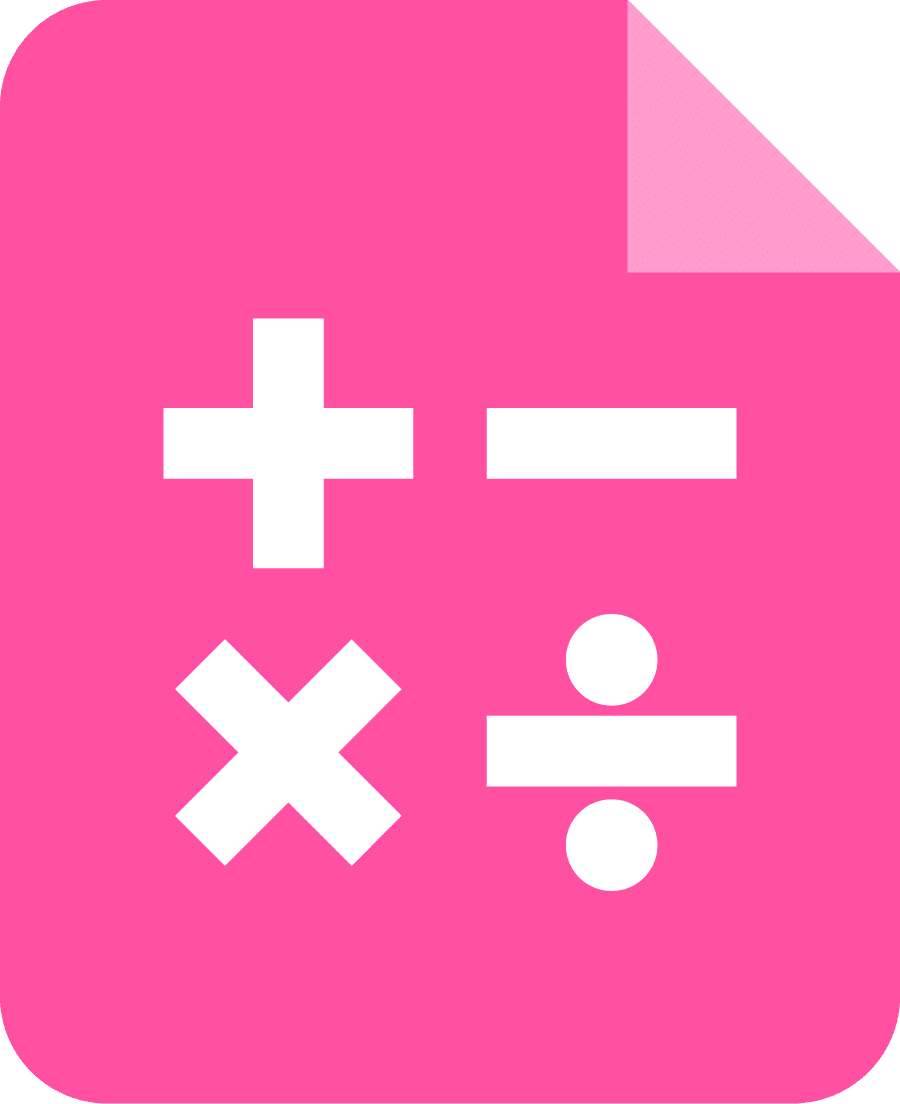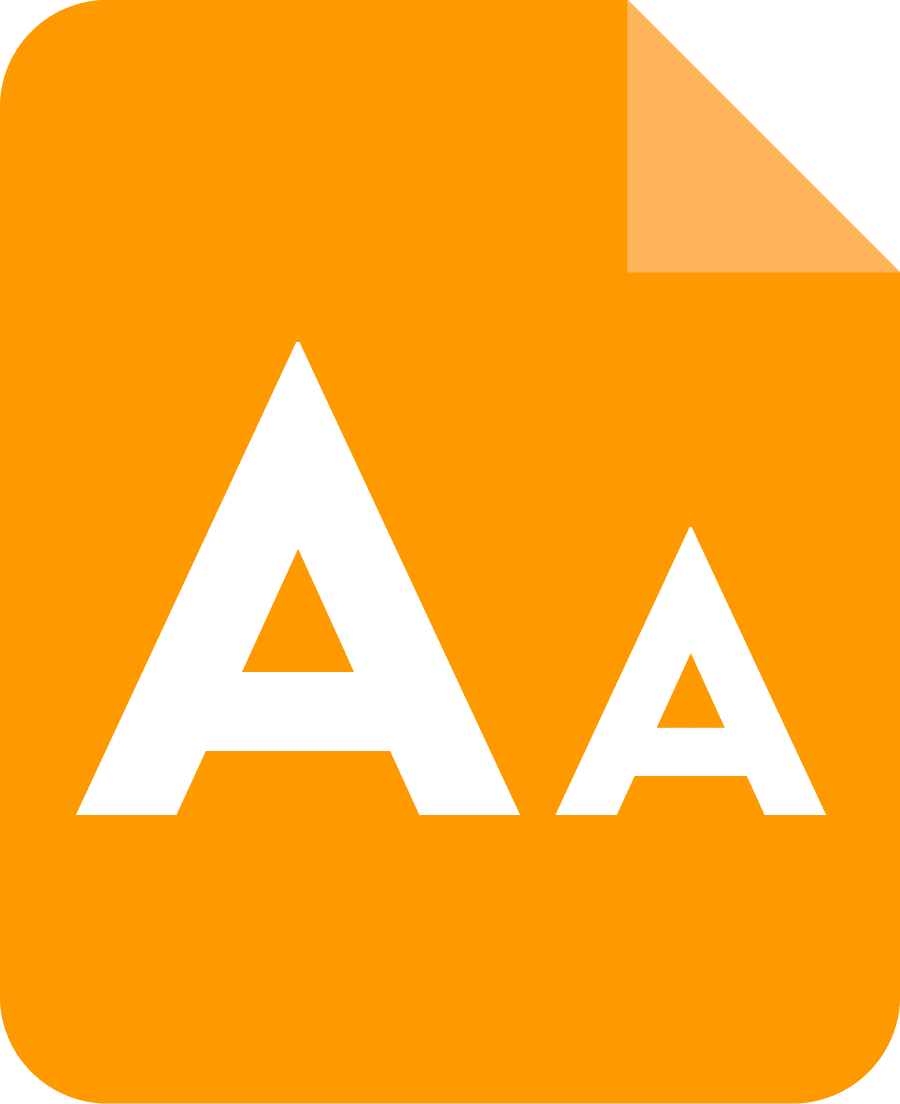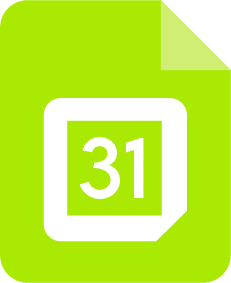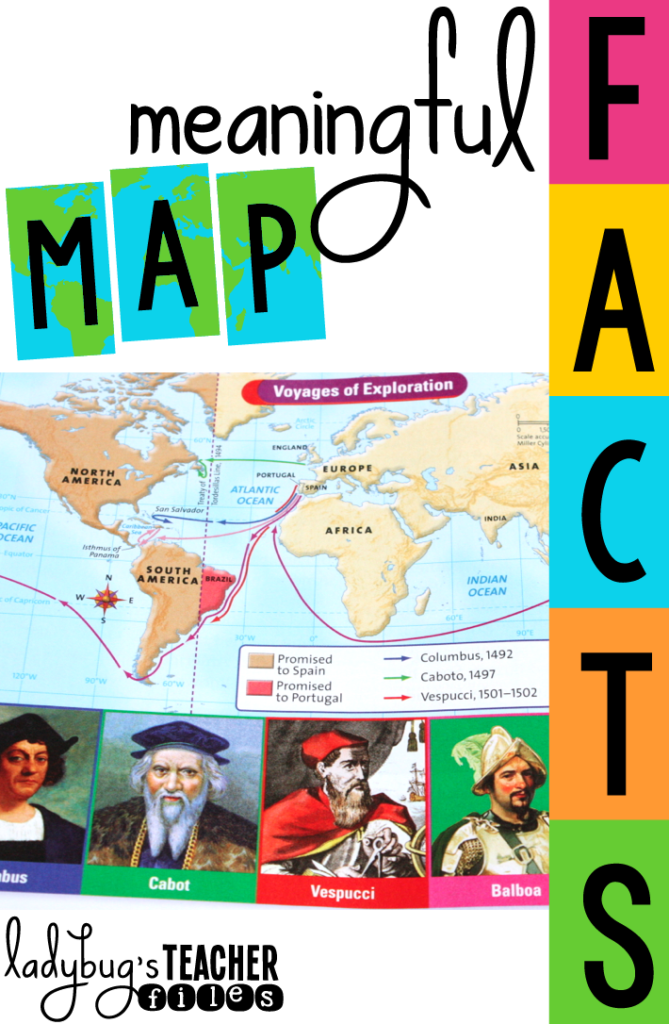Helping Students “Read” Maps
share this timesaver:
Hello! I wanted to share a little activity that has helped in a big way in our class this year. This activity complements one I shared back in February, Utilizing Those Nonfiction Text Features.
During our unit on explorers, our class encountered numerous helpful maps. The only problem? With so much information on the textbook pages, I wasn’t sure my students were really analyzing the maps carefully.
So we devoted one whole lesson to strictly analyzing a map.
Doesn’t that always feel nerve-wracking? Like you should be covering more in a lesson? But I’ve learned that these really focused lessons are the ones with the biggest payoff in the end.
taking a look
At first glance, it looked at though it showed a bunch of famous explorers and their routes (I’m thinking like a 5th grader here…you can tell, right??):
then a closer look..
But upon closer analysis, we noticed so much more. We began with a turn and talk. The partners identified tons of additional information to what we had already known so far. Explorers who had chosen similar paths. Others who claimed lands. Treaties that had to be drawn up. Unique routes to Asia. The list went on and on.
taking note
We then turned to a simple template to record a bulleted list of facts we could pull from the map. Meaningful facts…ones that tied into our prior knowledge of these explorers.
Soon the pencils were flying, filling the page up with all the things they had learned from this one map.
After sharing our findings as a whole class, we were amazed to see all we had learned from this map.
And it gets even better!
unexpected benefits
We had accomplished what I had hoped for in this lesson…my students had analyzed the maps collaboratively and independently. They made and noted key observations, extending their understanding of this topic.
However, I didn’t realize at the time how much the information would stick!
Weeks later, as we were working on our informational texts (all about explorers!) I conferenced with student after student who recalled details for their research from this map. “Remember how Magellan found that waterway in South America to get to the Pacific Ocean? It was on that map we looked at,” they told me.
I couldn’t have been any happier!
These connections and understandings are the kind I’m always striving to achieve with all of my students, especially my newcomer English Language Learners. Knowing that the information had stayed with my students proved how meaningful the lesson was.
I do have some more to share about using maps in Social Studies, but I will save that for next time. In the meantime…
would you like to try it out?
If you would like to grab a copy of the fact template, please click on the preview image below:
I hope it is as helpful in your classroom as it has been in ours! Thanks for visiting! 🙂
Kristen Beakey
I’m an elementary math coach with a passion for sharing beautiful, streamlined solutions to save teachers time. Ladybug’s Teacher Files has been a work of love since 2010. Filled with tech tutorials, math ideas, and organization…I strive to save you time in all aspects of your teaching!












